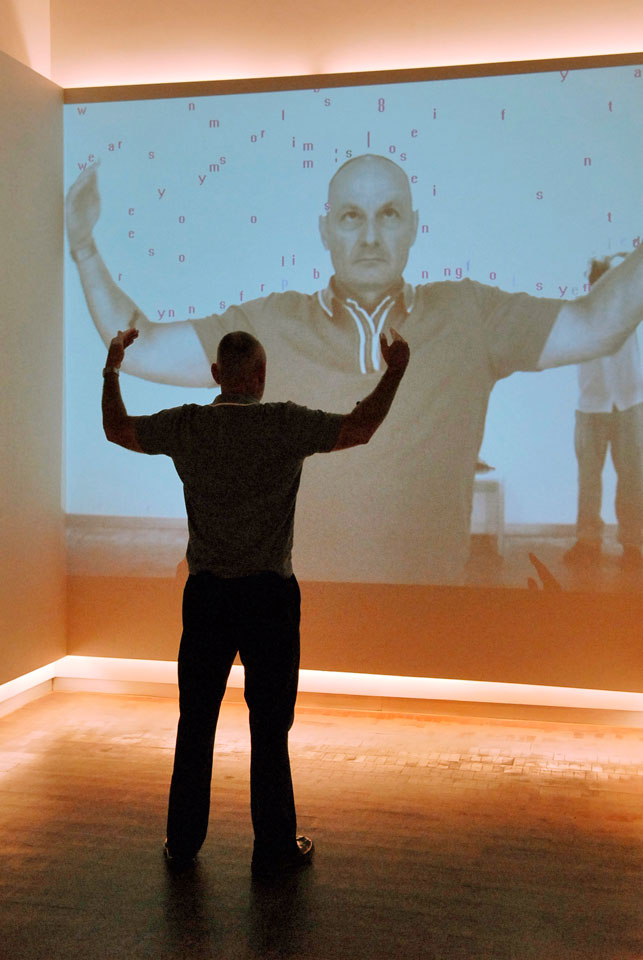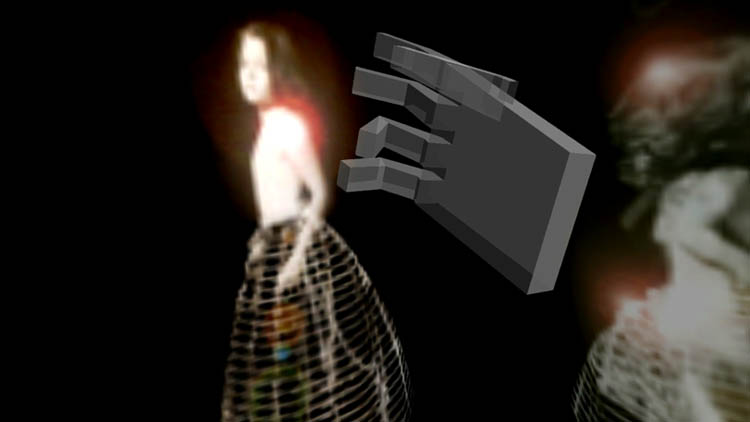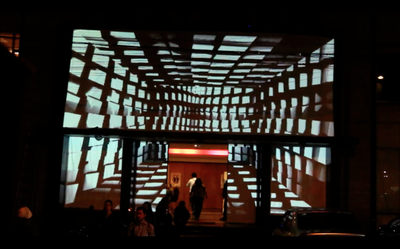
For this week’s Looking Outwards I looked at Emily Gobeille. According to her website she is an “an award-winning designer” and is cofounder of Design I/O “a creative studio specializing in the design and development of cutting-edge, immersive, interactive installations and new forms of storytelling”. I picked her to look into her because a friend of mine had suggested it would fit my interests. I am currently in a class about designing environments and toy design was something that got me into design in the first place.
From her personal site I was then drawn to the Design I/O site to learn more about the projects she has worked on. I was drawn to the “Funky Forest” project done in the Singapore Art Museum, simply because I liked the visuals. Learning more, this project was a visual learning tool to show children how forest ecosystems work. The interactive display was through a projected system that reacted to the children’s movements and positioning of objects. I personally was inspired by this project because of the use of projected digital graphics to create an entire immersive and interactive environment, that both looked cool and provided a fun purpose. My favorite part of the project is when the kids kind of go crazy and are sending water all over the forest. I think Gobeille’s own sense of storytelling and imagination is reflected in the projects she works on.

http://zanyparade.com/
![[OLD SEMESTER] 15-104 • Introduction to Computing for Creative Practice](../../../../wp-content/uploads/2023/09/stop-banner.png)





